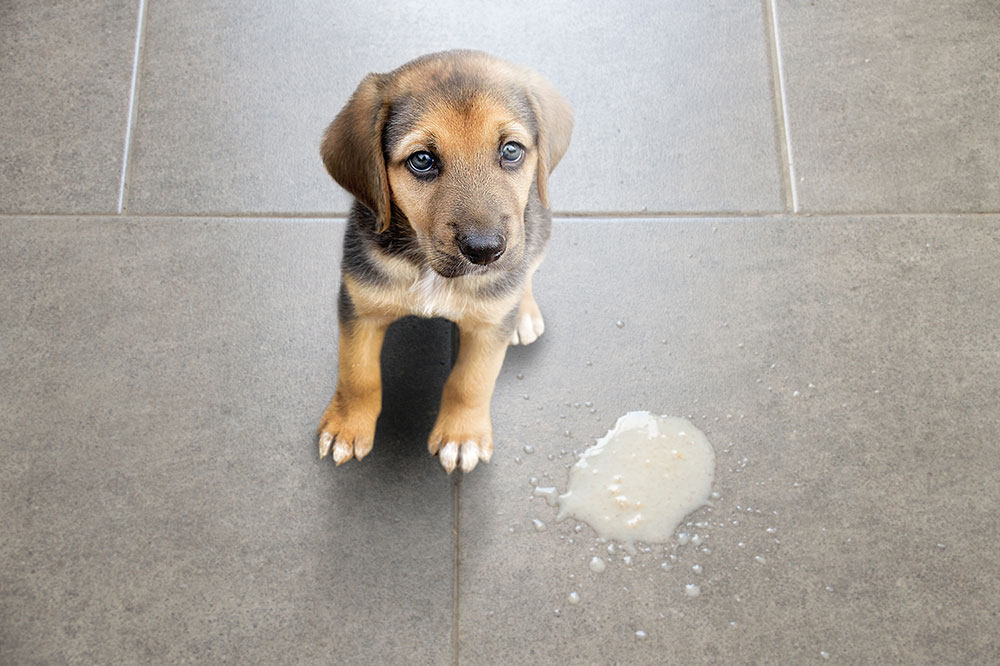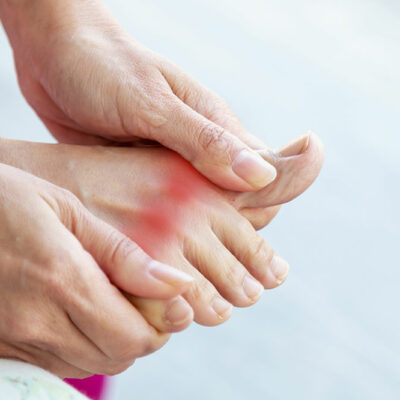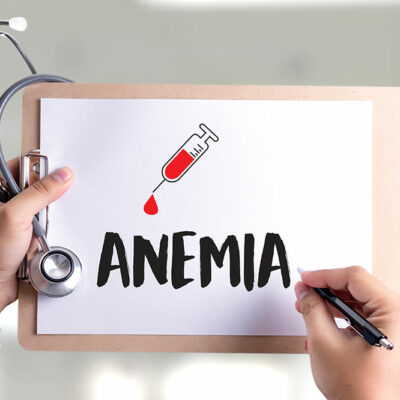
6 Symptoms of Food Allergies in Dogs
Food allergies are common in dogs. In fact, about 10% of all allergy cases in dogs are food allergies. The proteins and compounds found in certain foods are the main problems, as they’re identified as harmful by the animal’s immune system. The immune system, then, triggers a response that causes many visible changes in the dog’s behavior and appearance. Here are some of the important signs of food allergies in dogs to look out for.
1. Itching
This is the most common symptom of food allergies in dogs. Dogs suffering from the problem will keep scratching their skin until it becomes red or inflamed. One way to deal with this problem is to stop using shampoos and switch to a natural solution. Bathing or cleaning them with apple cider vinegar or coconut oil can help fight itchy skin. Additionally, clean them regularly as this prevents fleas and ticks from sitting on the animal’s skin.
2. Watery eyes
Most dogs suffering from food allergies regularly discharge tears from their eyes. This is a byproduct of repeated scratching and might cause staining near the animal’s eyes too. Fortunately, you can address this problem with minimal effort. All you have to do is soak a piece of cloth in warm water and dab it near the animal’s eyes.
3. Hot spots
Repeated itching, scratching, and chewing can promote the development of painful lesions all over the dog’s body, although they’re more common over the head and hip. They’re incredibly painful but help indicate that your dog has a food allergy. The best way to treat these lesions is to keep them as moist as possible. This helps speed up the healing process. However, if they don’t improve, it is best to consult a veterinarian.
4. Colored nails
If your dog’s skin is white, this will be easier to catch. The nails become red, brown, or bronze-ish. This happens because the immune system identifies a protein or compound in a certain food as potentially harmful. It prepares a response, and that is what causes all of these symptoms. Once you’ve noticed a change in your dog’s nails, visit a veterinarian to know how to tackle your dog’s food allergy.
5. Pink lips
Yeast colonization, which is triggered by an allergy, causes your dogs’ lips to become pink and inflamed. It is easier to notice this in white and light-colored dogs. It is an itchy part, but itching too vigorously might make it worse. To ensure that doesn’t happen, use a water and apple cider vinegar solution to clean the area multiple times a day. Also, avoid using chemical-based products in and around the area.
6. Hair loss
Hair loss is, again, nothing new for dogs with allergies. It stems from the immune system’s response to a protein or compound in certain foods. While hair loss can happen normally, too much of it is a signal of a potential food allergy in your dog. Visit a veterinarian as soon as your dog sheds too much hair.


